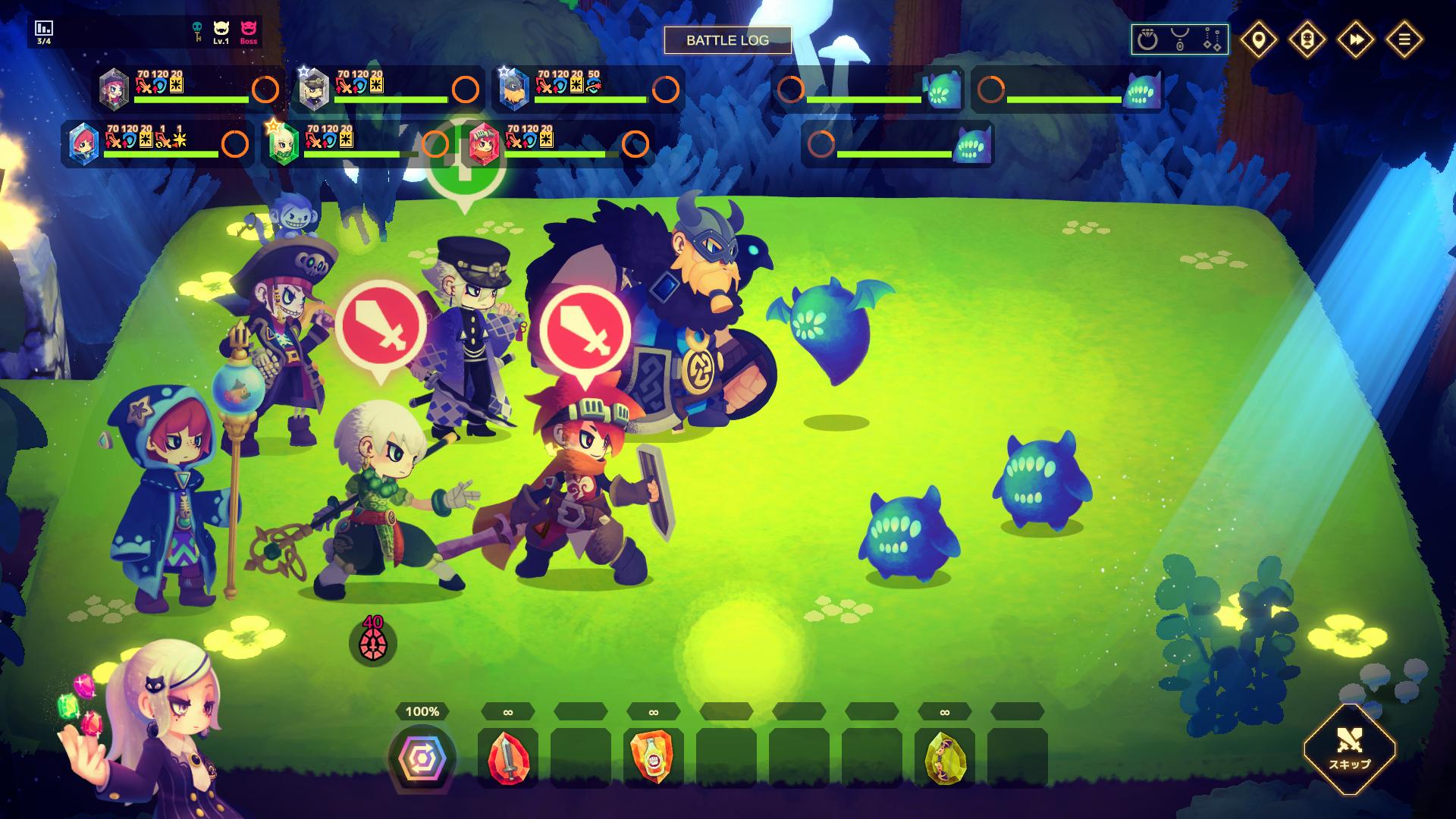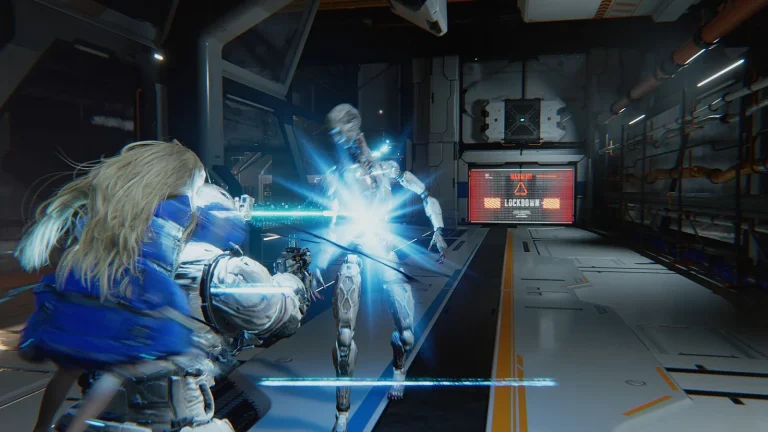Japan-based game developer Asobism announced their upcoming title Vivid World on September 11. Vivid World is a follow-up title to the hit strategy game Vivid Knight, planned for release in 2024 for the PC (Steam).
We had the opportunity to interview Toru Nakamura, the director of Vivid World, and hear all about the success of Vivid Knight (which was apparently somewhat of a “happy accident”) and the upcoming sequel’s new game system and fascinating new features.
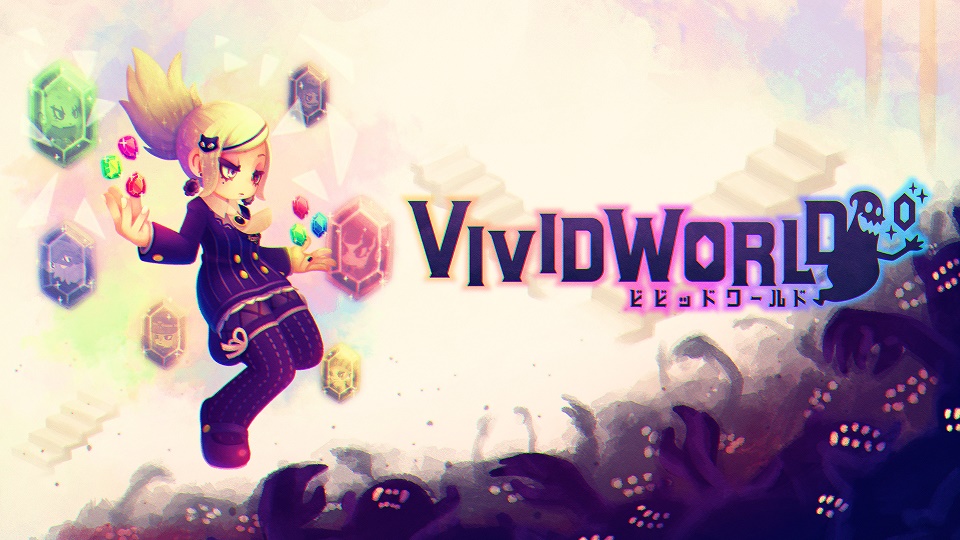
Vivid Knight – the experiment that outperformed
──To start things of, please introduce yourself.
Nakamura: I’m Toru Nakamura, game designer and director of Asobism. I started my career predominantly in programming, and I’ve been involved in titles such as Dragon League X, Dragon Poker and the Sengoku League series in this capacity.
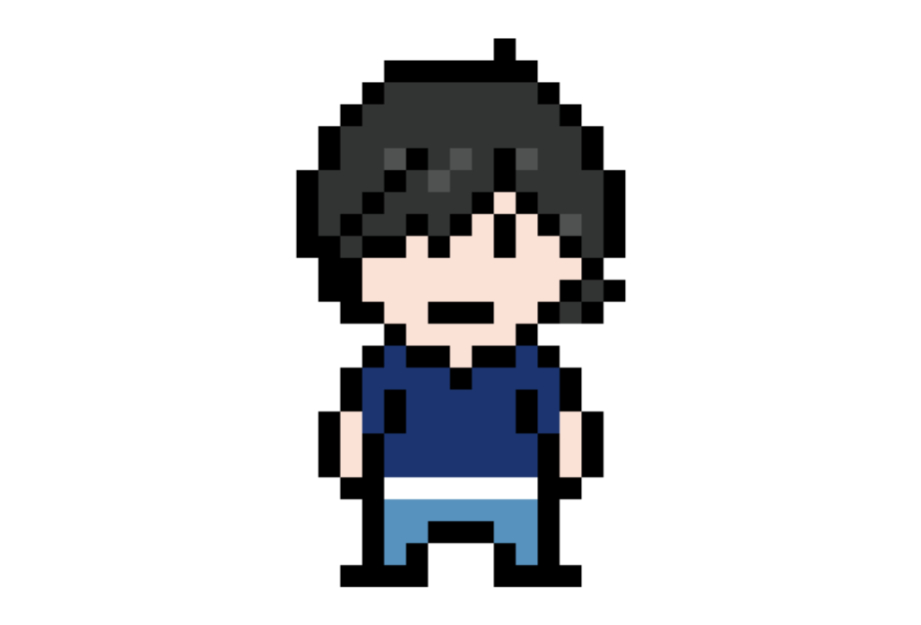
When I was first offered to do game directing, I was hesitant as I didn’t consider myself skilled enough for the role yet. As a result, I decided to leave Asobism for a year and gain some directing experience at my friend’s company. Then, after being invited to work as a director at Asobism again, I rejoined the company and worked on Castle & Dragon for three years.
When it was time to come up with a new project, I decided to switch from the live service model and do a one-purchase title, and this is how Vivid Knight came to be. We had come quite far in the development of Vivid Knight as a buy-to-play mobile game, but we then decided to be more ambitious and give a Steam version a try. In the end, we made the almost-complete mobile game compatible with the PC in half a year. There were lots of ups and downs, but the release went smoothly in the end.
──If you don’t mind sharing, how did Vivid Knight perform in terms of sales?
Nakamura: It sold a total of about 140,000 copies across all platforms. Interestingly, even though Japanese users made up 50% of total sales, if we look at Steam alone, Japanese users made up only 2% of the demographic.
──How was the success of Vivid Knight received in your company?
Nakamura: It was an experimental title, so we went into it with a limited number of staff and a humble budget. Honestly, nobody had grand expectations of it, but it ended up being really well received by players and achieving solid sales. I feel like the title is now regarded within the company as an important milestone for Asobism’s future growth in the market.
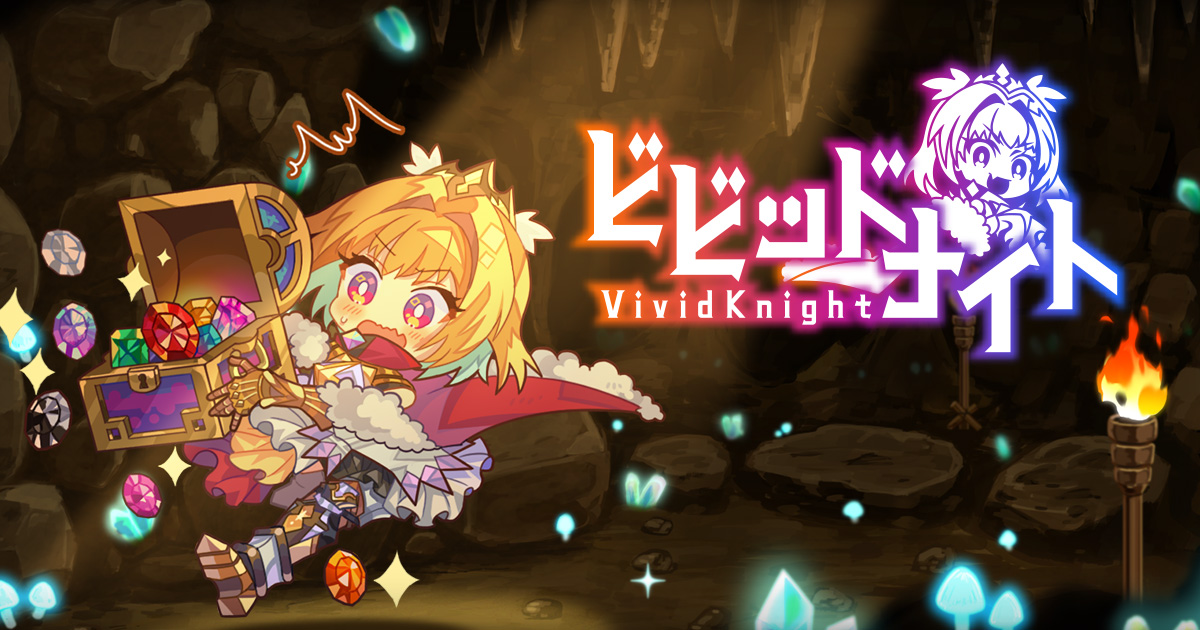
──What was the scale of development?
Nakamura: It was just three members of our company working on the game. But since our rule is not to release anything half-baked, we compensated by having a long development period and taking our time with the game.
──Looking back on the game, what do you think you did well? Are there any points you think could have been better?
Nakamura:
I think the mechanic of symbols being stored after you upgrade a unit was very successful. This system allows you to see how far you can go in fortifying your party by using Keen (the in-game currency) to upgrade your units. The system also makes you think carefully about what units you’re going to pick from treasure chests.
As for the negatives, there were two main things that players were unhappy about – one is the element of unlocking new units. We made it so that you can gradually unlock new units through repeated runs of the game, but when the pool of units grows too large, it becomes difficult to upgrade them, so a lot of players told us they found this counterproductive.
The other issue was the high degree of randomness – from activating skills to obtaining Gems, Vivid Knight has a lot of randomized elements, and in some cases, people felt the presence of RNG too strongly.
At the same time, I do believe that a certain dose of randomness works towards the game’s appeal, so for our next game, I plan to leave in the elements that worked well, while working on the parts people felt were impacted by randomness too severely, especially Gems and skills.
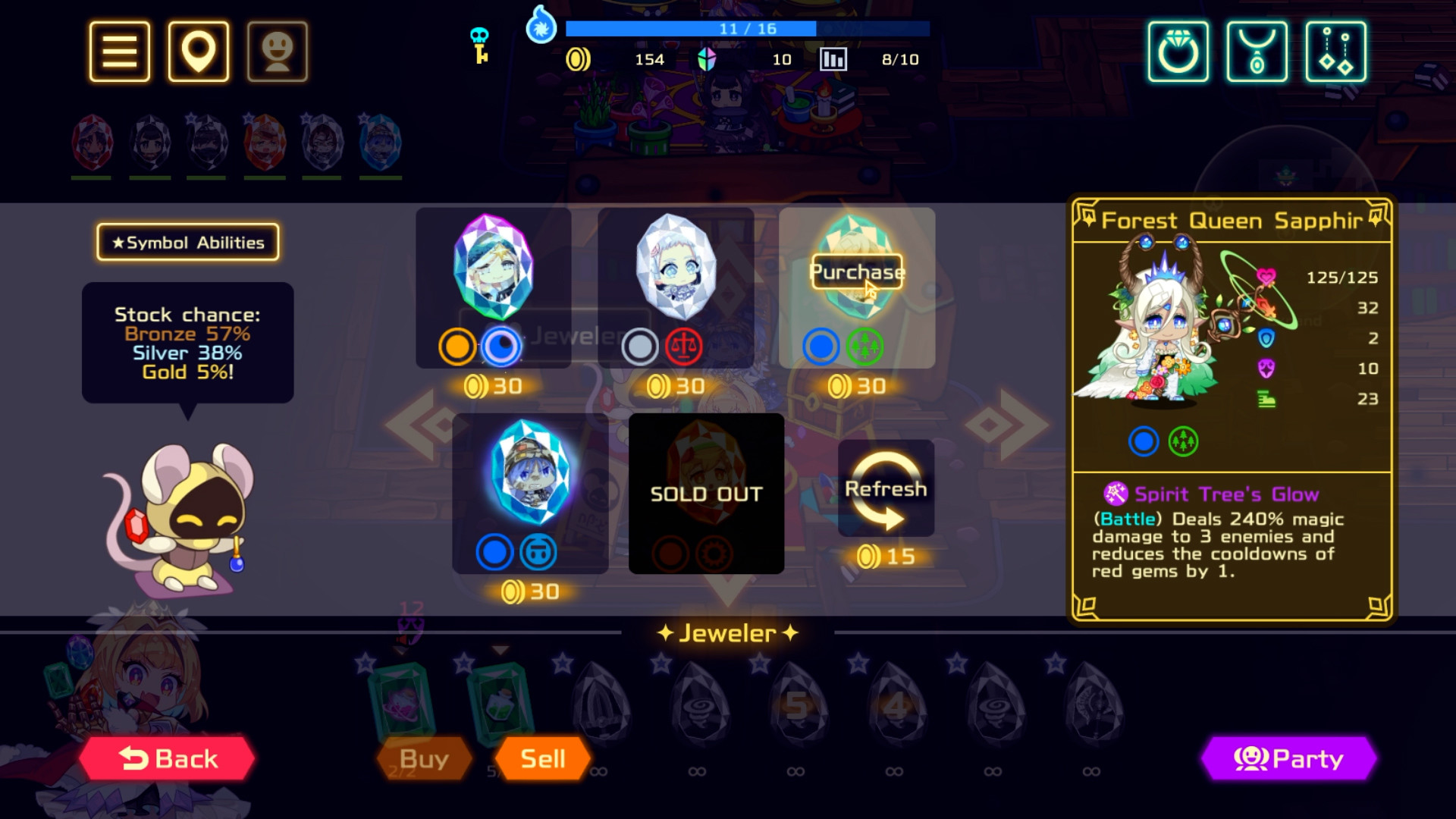
──Does the announcement of the sequel, Vivid World, mean that there will be no further updates for Vivid Night?
Nakamura: Yes, I’m afraid the development team has already broken up, with the main programmer moving onto another upcoming title called ShapeHero Factory. This makes any bigger updates to the game unlikely. However, through Vivid Knight, we learned that digital releases allow users to purchase our game long after the initial release, so for Vivid World, we will very likely be doing additional development and updates long after it releases.
A new aesthetic for a new player base
──Was the production of Vivid World decided after the Vivid Night team was dissolved?
Nakamura: Yes, we chose a convenient timing to part ways when our main programmer entered talks of directing a new title. But even after we dissolved the team, the game kept selling, which is why we got the idea of making a sequel. The project first started taking shape around September last year, as I recall.
──What is the scale of development for Vivid World?
Nakamura: The team for Vivid Night had just a director, one programmer and one designer, but for Vivid World, we’ve expanded our team to eight members. We now have a director, planner, two programmers, and four designers, which is 2 to 3 times more. We’re especially focused on graphics this time around, and we’re working on making the game a lot more visually rich.
──Indeed, the art style seems quite different!
Nakamura: This time around, we went for a cool aesthetic rather than a cute one. We changed the art direction aiming to give the Jewels an appealing, adult air.
──System-wise, does the game function the same way Vivid Knight does?
Nakamura: The basic system of creating a party of Jewels and conquering the dungeons is the same, yes.

──What is the biggest change Vivid World will bring, compared to the previous title?
Nakamura: Vivid World will inherit the basics of Vivid Knight, but will have a powered-up system, as well as new gameplay elements. The game will feature all new units, monsters and symbols, so party-building will be completely revamped.
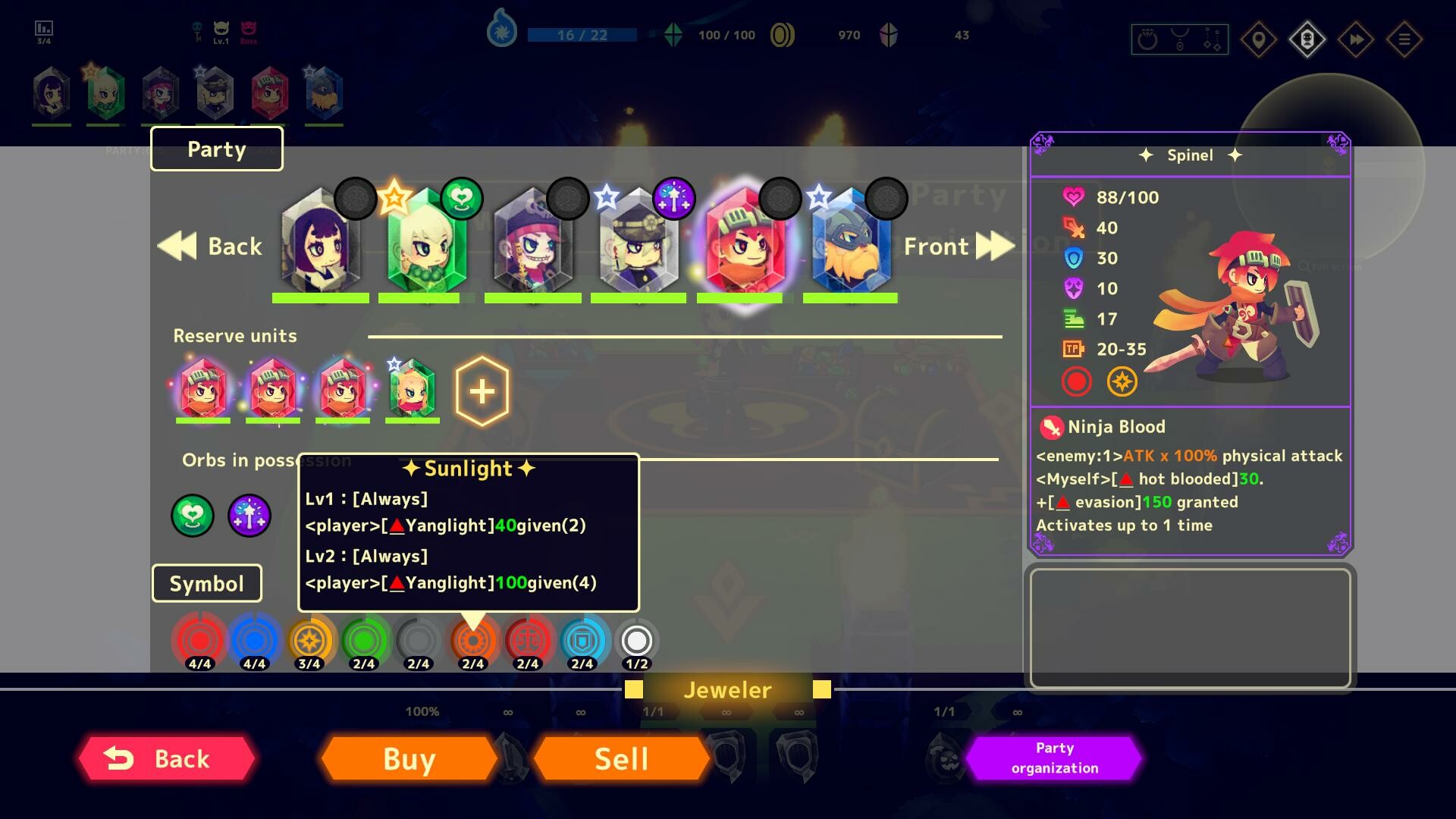
In addition to dungeons, there will be a player’s base called Limbo. Vivid Knight will include a lot more story elements than the previous title, and players will be able to progress within the story by heeding requests from local residents of the base, for example. The base will also allow players to strengthen their units and unleash their hidden powers.
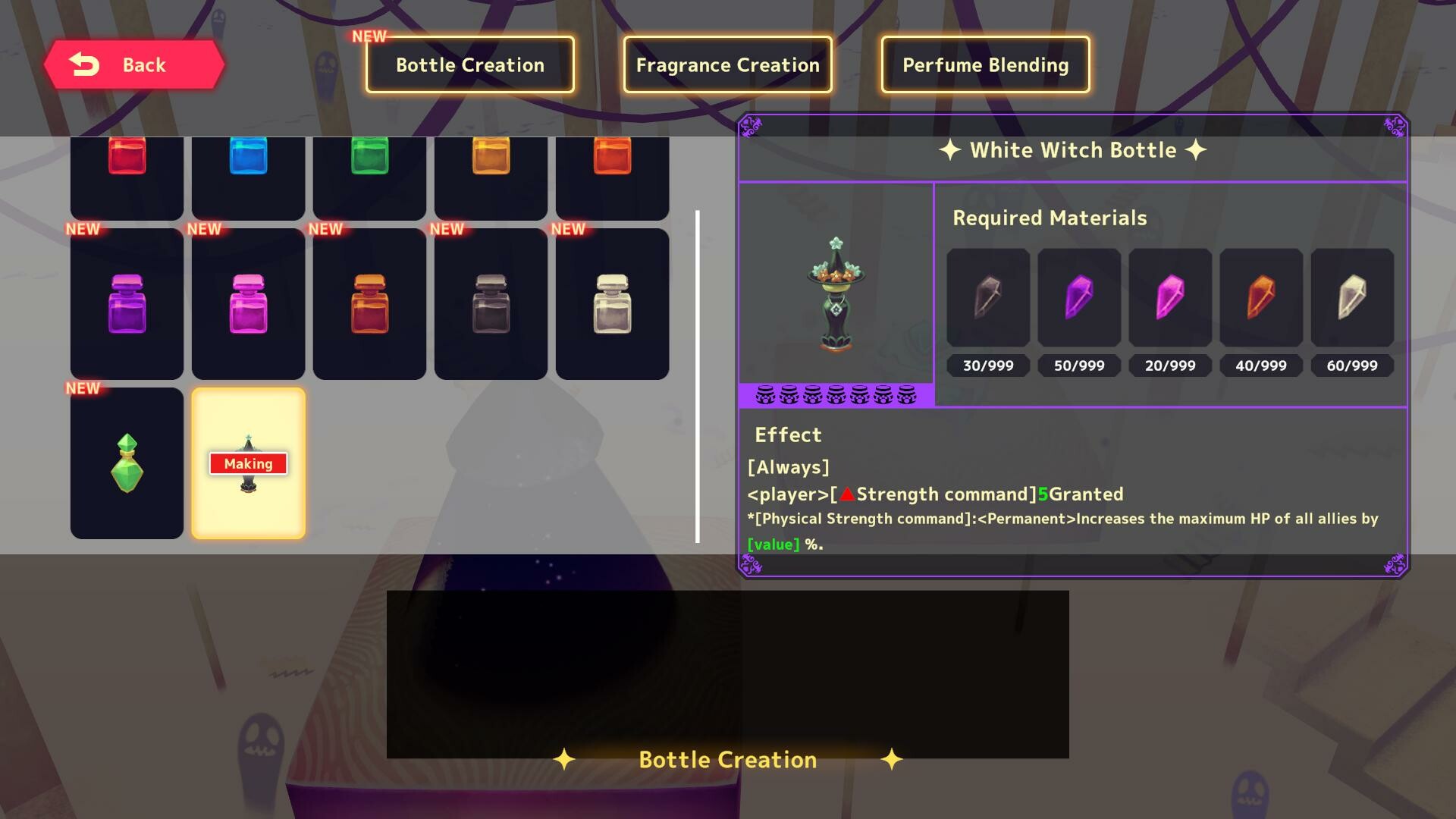
──Is the “Gem Synthesis” that can be seen in the trailer video also a new mechanic?
Nakamura:
Gem alchemy was a mechanic many players found too random in Vivid Knight, so we have made some major changes in this respect. Vivid World will have two systems for generating Gems: “alchemy” and “synthesis.”
In the first place, Gems can be obtained by opening treasure chests in dungeons. Alchemy allows you to create Gems of your choice, but in limited numbers. On the other hand, synthesis allows you to create a new Gem by combining two existing ones. In principle, the resulting Gem will have the combined properties of the Gems used to create it, but there will be special recipes too.
Also, as I mentioned earlier, the randomness of skill activation was not well received previously, so we’ve made some changes here too. Previously, skills were basically triggered with a probability of about 30%, but Vivid World will use a TP system instead. TP will accumulate as you play, and when it reaches 100%, the skill will be triggered. Although there is still a certain degree of randomness, I think this system will make things a lot more balanced.
──What stage of development are you in at the moment?
Nakamura: I believe we’re at about 60%. We are still far from having enough resources. That said, there is one mechanic that’s still under consideration, so whether we decide to implement it or not will affect things, but I think it’s safe to say we’re at about 50 to 60% of the way there.
──How many playable characters will be included?
Nakamura: At the time of release, the game will have two playable characters, each with their unique set of Gems and units.
──Are you also planning a Nintendo Switch version and controller support?
Nakamura: Yes, for the sequel, we are planning full controller support at the time of release. The controller support for the Switch version of Vivid Knight had some issues, so we will be working on improving things from a UI point of view as well.
──Do you have some kind of overall “theme” for the development of Vivid World?
Nakamura: One of our major goals in creating the sequel is to expand our player base. Since the beginning of the project, we have been conscious of creating a game that will both appeal to fans of the previous title and attract new users as well.
The change in art style had to do with this too, as we got the impression that many players who were attracted by the cute graphics of Vivid Night were surprised by the relatively robust gameplay. This is why we decided to go for a look that will bridge the discrepancy in visuals and gameplay, appealing to a more adult taste.

──Do you have a message to players?
Nakamura: Vivid World is a game based on Vivid Knight but with new elements and a much higher degree of freedom. We have carefully crafted the game so that those of you who have played Vivid Knight will be happy with it, and those new to the series will find it easy to pick up and enjoy.
The game is still under development, and we would love to hear the voices of users as we work on it. For those interested in the process, please feel free to follow me, Toru Nakamura and/or “Vivid World Official” on X/Twitter!
──Thank you for your time.
Vivid World is scheduled for release in 2024 for the PC (Steam).
Translated by Amber V (original article’s publication date: 2023-09-14 12:00 JST).

